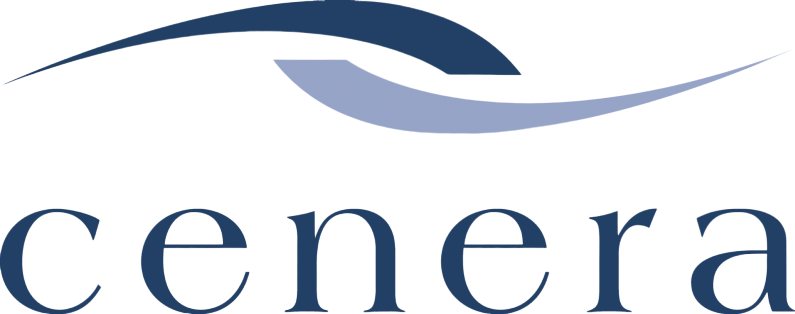How to Create a Plan for a Successful Return to the Office
How to Create a Plan for a Successful Return to the Office
As we all breathe a sigh of relief that the worst of the COVID-19 pandemic may hopefully finally be behind us, employers and employees alike are now grappling with the question; what comes next? What will the ‘new normal’ look like? And what has the past 18 months taught us about the nature of the traditional office?
From shifting workloads, constant uncertainty and increased family obligations, employees and employers alike have had to navigate some very difficult circumstances. These challenges must be met with open and transparent communication.
As business leaders contemplate lessons learned from the pandemic and the outlook for the future of office life, many employers will need to carefully consider their return-to-office plans to ensure they strike a balance between health, safety and employee satisfaction with critical business needs.
Let’s look at some of the key tips and factors to consider when you create a plan for a successful return to the office.
1. A Plan for Returning to the Office Will Not be One-Size-Fits-All
Unfortunately, like most of the past year’s decisions, establishing a solid return-to-office plan will not necessarily be straightforward, will likely need to look very different for each business and may change as we move forward. Employers will have to consider a range of factors within the context of their business needs. A well-founded plan will also have to be comprehensive, covering workplace health and safety, changes in legislation, updated policies and procedures for dealing with employee concerns, while also maintaining privacy and compliance.
Further complicating matters is that the pandemic is not yet over. With some level of ongoing uncertainty about what lies ahead, rushing to make major decisions could result in persistent challenges. Employers will need to be communicative, patient and measured when it comes to planning their return to the office.
2. Listen to All Perspectives, but Avoid Bias
Good leaders will always want to take employees’ input, feelings and needs into consideration when it comes to returning to the office, and that goes for the C-Suite and executive levels as well. Understanding why there may be hesitancy to return to the office or why there may be resistance to allowing permanent work-from-home flexibility is vital. Good organizations will avoid making assumptions by conducting comprehensive surveys and offering one-on-one meeting opportunities. Ensuring that all stakeholders feel heard will not only provide you valuable insight it will also help to build trust and alleviate anxiety.
Leaders should also be prepared to enter these conversations with an open mind and avoid bringing personal preferences into discussions around return-to-office policies and procedures. Maintaining neutrality is key to having honest conversations that consider all relevant factors.
3. Communicate for Buy-In
Clear, transparent communication is important for any successful team, and when it comes to the anxiety and uncertainty brought on by the pandemic, excellent communication is more critical than ever. Employers will need to recognize that employees need time to prepare and adjust for any return-to-the-office scenario.
Mental health will have more than likely been impacted for everyone over the past year and a half, so avoid adding ambiguity and uncertainty by clearly communicating on timelines and expectations. We recommend providing employees with a flexible window of time, ideally up to 90 days, in which to begin a staggered return to the office. Ensure your communication is a two-way street by keeping the lines open for staff to provide feedback or share concerns.
4. Update Your Policies
As previously discussed, a return-to-office plan will need to include comprehensive policies and procedures that clearly outline expectations, prioritize health and safety and comply with all regulations.
Some considerations include:
Do you include a vaccination policy within your organization? You will need to take every reasonable precaution to prevent the spread of COVID-19, including policies for sick leave or what to do if an employee or close contact tests positive for COVID-19.
How policy changes will be communicated to employees.
How changes to public health guidelines will be monitored and adhered to.
Who will oversee return-to-office decision making, and how transparency and fairness will be ensured.
How employees with health or family concerns will be addressed.
How will international travel be accommodated.
How you will maintain employee privacy.
Whether disciplinary action will be taken against employees who refuse to cooperate with the return-to-office procedures or those who don’t follow health and safety protocols.
Whether a collective agreement or a union will need to be consulted, or whether return-to-office orders could constitute constructive dismissal or other problems with employment contracts.
5. Understand Your Risks
The pandemic is still very much a reality in many parts of the world, and the risk associated with COVID-19 and related variants is unfortunately not yet over. Leaders are ultimately responsible for the health and safety of their staff, and that includes mental health and well-being. Any return-to-office plan must be carefully thought out and well-constructed to avoid potential legal liability or non-compliance issues. Your business should be prepared to stay flexible and open-minded when it comes to finding the right solutions.
Creating sensible, fair, and comprehensive return-to-office policies will prove challenging for businesses across sectors. The expert team at Cenera can create tailored, custom solutions to provide you with the support you need to get your team back to work with safety and confidence.
Reach out to us today to learn more.
Let’s Connect
Never miss an update, click here to subscribe to our monthly newsletter.
Plus, follow us on LinkedIn!
Share This Story, and Choose Your Platform!

